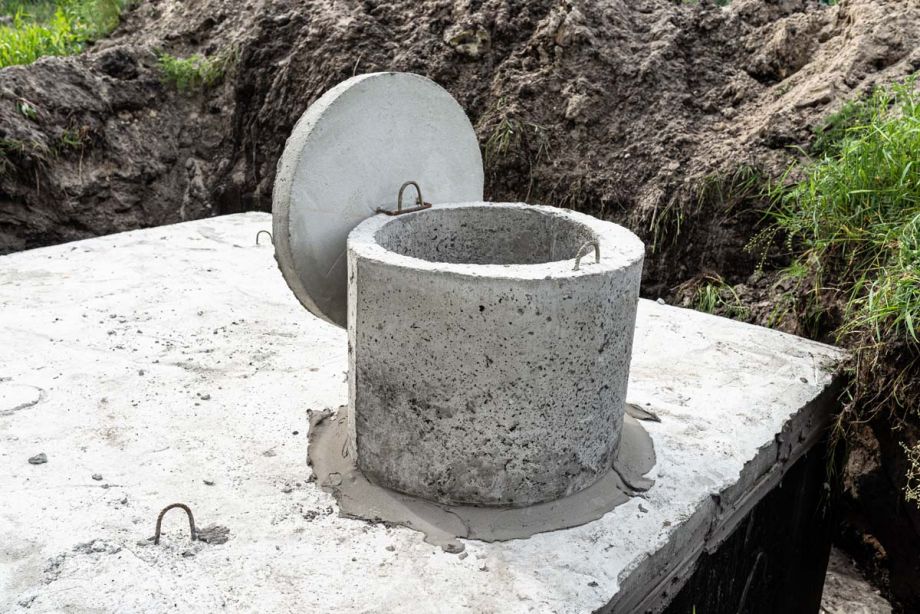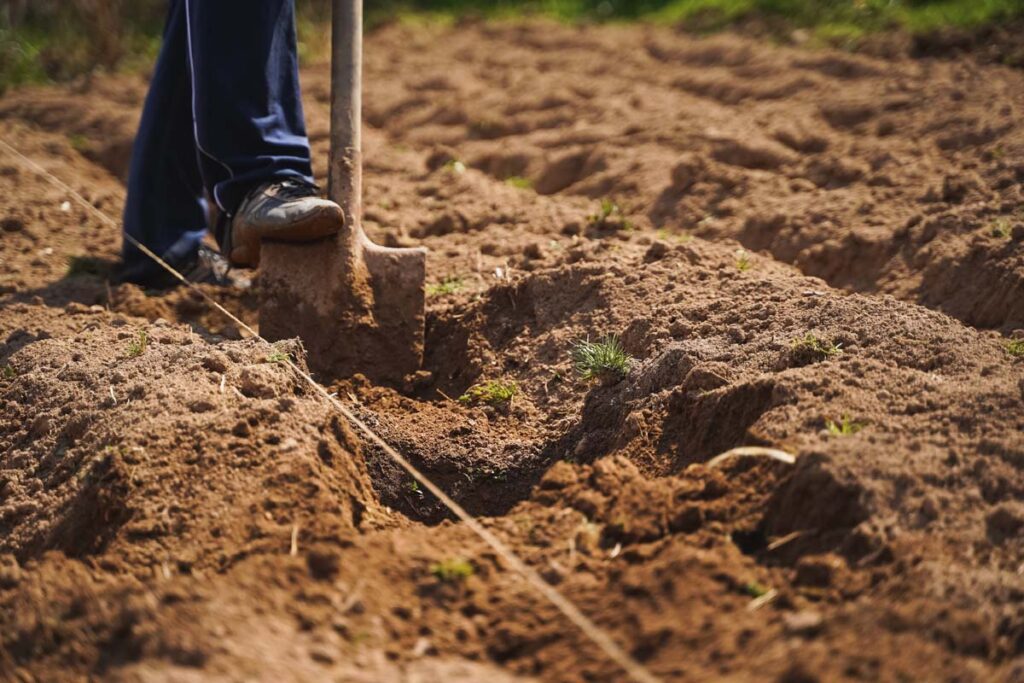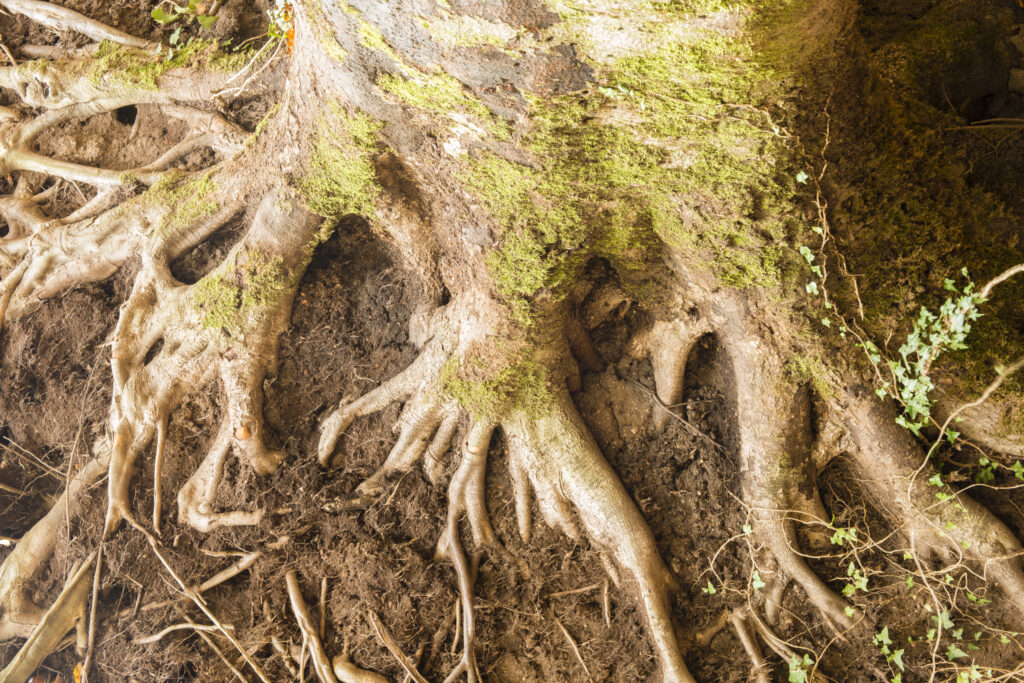
Copper Sulfate For Septic Tanks (Not Recommended)
Got septic tank troubles? If you’ve been researching solutions, you’ve probably come across copper sulfate as a potential fix.
After all, it sounds simple enough – just pour it in and your problems disappear, right?
Well, not so fast. Before you head to the store to grab some copper sulfate, there’s a lot you should know about this controversial treatment.
In this post, I’ll explain why and how people use copper sulfate for septic tanks, and why we don’t recommend using it. Plus, I’ll show you what you can do instead.
What Is Copper Sulfate Used For In Septic Tanks?
People use copper sulfate in septic systems for two things.
First, they use it to control algae that can build up in drain fields or effluent. This algae can collect in the soil, pipes, and drains, which might mess with proper drainage.
Second, people use it to deal with tree roots. These roots can work their way into pipes, creating blockages and damaging the system.
Copper sulfate is very effective at killing both the algae and roots – but there’s more to the story.
Also Read: Is RID-X Safe For Septic Systems?
How To Use Copper Sulfate For Septic Tanks

Now, I want to be clear – while I’m going to explain how people use copper sulfate, this isn’t me recommending it.
But if you’re curious about the process, here’s what you should know:
The traditional recommendation is to use two pounds of copper sulfate for every 300 gallons of septic tank capacity, usually twice a year, depending on how severe your root problem is.
Some people pour it straight into the toilet, but that’s not great because the copper sulfate might just sit in the tank instead of getting to the leach field where it needs to work.
A better way is to put it directly in the distribution box or leach lines, where it can actually reach the roots.
If you can’t get to the distribution box, you can flush small amounts – about half a cup – down the toilet over time so it eventually makes its way to the leach field.
The best time to apply it would be late in the evening when there’s less water being used, giving it more time to work before getting diluted.
Why We Don’t Recommend Copper Sulfate For Septic Tanks
Here are 3 reasons why you shouldn’t be using copper sulfate:
#1 Harms Bacteria
This is probably the biggest reason why we advise against using copper sulfate
Your septic system depends on healthy bacteria to break down waste. Copper sulfate is toxic to these important microorganisms, and using it can mess up the natural processes happening in your septic system.
Also Read: Is Dawn Dish Soap Safe For Septic Systems?
You might not see immediate problems when using the recommended amounts, but over time it can really disrupt your septic system’s natural processes.
And using too much or using it incorrectly can lead to even serious issues.
Over time our system might not treat waste as well, things could get clogged, and eventually, the whole system might stop working.
#2 Environmental Concerns
There’s another big issue with copper sulfate – it’s not good for the environment.
When you use copper sulfate in your septic system, it doesn’t just disappear. It can build up in the surrounding soil and get into the groundwater.
This isn’t just a minor concern – it can harm your local ecosystems and aquatic life.
These environmental effects can last a long time, making copper sulfate a poor choice if you care about protecting the environment.
#3 Doesn’t Address The Underlying Issue
Using copper sulfate is kind of like putting a band-aid on a broken arm.
Sure, it might kill tree roots or clear up algae for a while, but the problems will come back because you haven’t fixed what’s causing them.
The roots and algae will grow back, and you’ll still have system issues. Then you’ll need to use more copper sulfate, and the cycle just keeps going, causing more damage each time.
If you rely on copper sulfate, you’ll miss out on better, longer-lasting solutions.
Also Read: Does A Septic Tank Need A Vent?
What To Do Instead Of Using Copper Sulfate
Now that you understand why copper sulfate isn’t the way to go, here are some effective alternatives that will actually help:
Root Barriers

Installing physical root barriers around your septic tank or drain field is the best way to prevent tree roots from invading the system.
These barriers are basically thick sheets of plastic or metal that go into the ground around your septic components. They’re pretty effective at keeping roots out and don’t need much maintenance once they’re installed.
Sure, installing them takes a bit of work at first, but once they’re in place, you won’t have to worry about them.
It’s a one-and-done solution that actually works.
Professional Root Removal
If roots have already invaded your system, your best bet is to call a professional.
They have special tools like mechanical augers and cameras to find and remove roots without damaging your pipes.
Plus, they can spot any damage that needs fixing and help prevent future problems.
Yes, it costs more than buying some copper sulfate, but trust me – getting it done right the first time will save you money in the long run.
Proper Landscaping
One of the best ways to prevent problems is to think carefully about your landscaping.
Keep trees at least 30 feet away from your septic system – even farther for bigger trees. If you’ve got trees growing too close to your system, it’s better to remove them while they’re small.
If you want to plant something over your septic system, stick to grass or other plants with shallow roots.
This simple planning can prevent a lot of headaches and expensive repairs down the road.
Regular Maintenance
Taking care of your septic system isn’t complicated – it just needs regular attention.
Get it inspected and pumped on schedule, and keep an eye on how it’s working.
When you stay on top of maintenance, you can catch problems early and won’t need to resort to harsh chemicals.
Bottom Line
People use copper sulfate for septic systems all the time, but it’s really not worth the risk.
It hurts helpful bacteria, damages the environment, and doesn’t solve the real problems.
You’re better off preventing issues through smart landscaping and regular maintenance, and getting professional help when something goes wrong.







